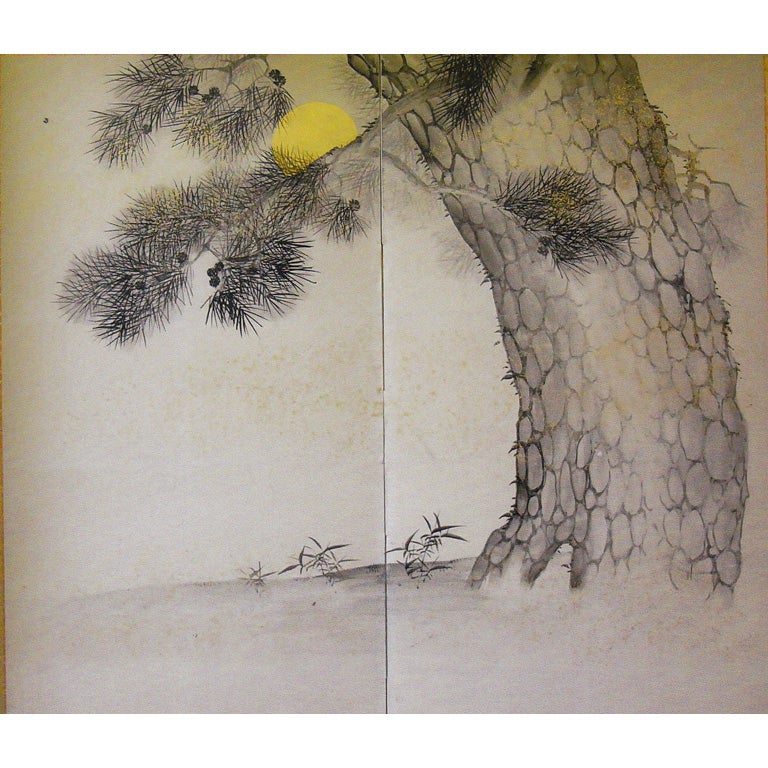The kantele is a a plucked string instrument traditional to Finnish music, normally equipped with 5 to 15 strings on the small variety and 38 strings on the concert variety, tuned to make a diatonic scale. Like many folk instruments it has enjoyed a long history in its own wheelhouse but only recently has seen any development in classical music. Jean Sibelius needs no introduction from me, and as the grand statesman of Finnish music its no surprise he wrote a piece for an instrument native to his country.
(Click for larger view)
The IMSLP uploader Nikolaos-Laonikos Psimikakis-Chalkokondylis (who I'll get to later) offered some info on the piece:
"The Lullaby for violin and kantele JS 222 (11/9/1899) was printed in 1935 in the periodical Väisänen, and thus it has been generally known since then. The birthday of the writer Juhani Aho was celebrated at the home of the painter Pekka Halonen, whose mother had taught him and his brother to play some Finnish folk song tunes on five-stringed kantele (traditional stringed Finnish instrument, also common in other areas of the Baltic, and Russia). Pekka Halonen performed a Waltz, and Sibelius composed a violin part to the kantele's music."
Realizing that the original printing was hard to read, Psimikakis-Chalkokondylis made a typeset version:
(Click for larger view)
The violin part, composed on top of an accompaniment from time immemorial, plays beautifully off the enchanting harmonies, allowing for light dissonance and creating a plaintive, distant feeling. It's perfect as a lullaby, and I couldn't imagine it being played on any other instruments. Here's a performance on YouTube that shows the kantele part first before looping the full piece, performed by two unrelated men who look like brothers:
~PNK













